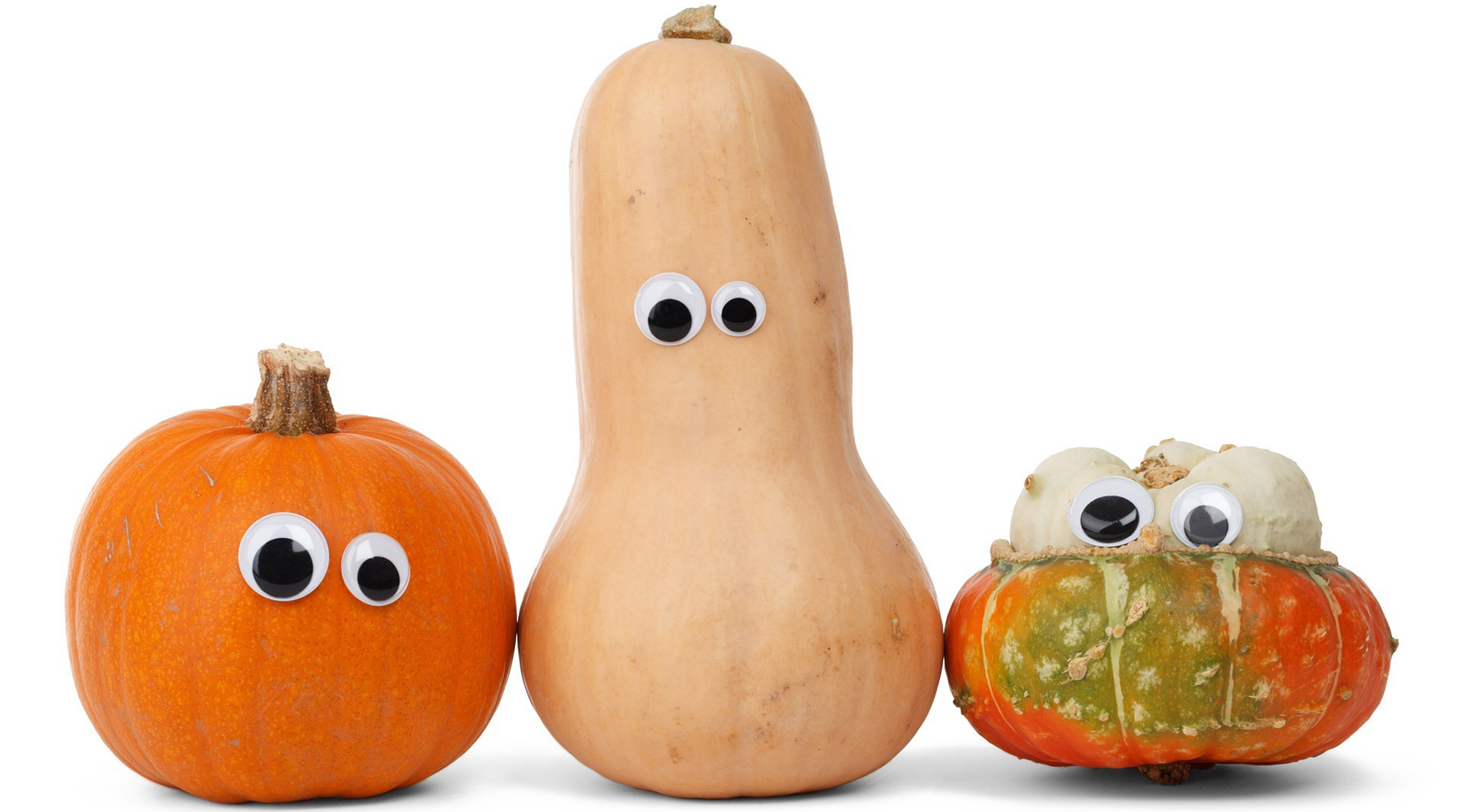photo courtesy Pixabay
By Julie Garden-Robinson
“I finally carved a pumpkin,” my daughter announced.
I kind of knew what was coming next.
“My friends couldn’t believe I had never done that!” she exclaimed.
“We always had pumpkins, but we usually painted faces on them,” I reminded.
She was not happy with my explanation. She felt totally deprived.
I did not appreciate the slimy stuff that comes out of pumpkins. I would have been the clean-up crew. We did not have the safe carving tools back then, so I was thinking about potential emergency room trips.
I guess I should have indulged her.
I bought a pumpkin for her to carve the next year. She had already had that experience. I carved it, slimy innards and all.
Pumpkins were not always the foods that were carved. Irish immigrants originally carved ghoulish faces into turnips and put candles inside to frighten away spirits.
Jack-o’-lanterns got their name from an Irish tale. Jack tricked the devil out of money according to the story. He was forced to roam the earth forever.
Squash varieties were grown in America by indigenous people. The name “squash” means raw or uncooked vegetables. The European explorers brought the seeds back to Europe, where growing them became popular.
Technically, pumpkins are a type of squash and both are “fruits of the plant.” Yes, squash is a fruit, but we use it as a vegetable on our menus. Squash varieties are part of the Cucurbitaceae or gourd family.
We have dozens of squash types from which to choose. The prolific zucchini plant is a type of summer squash. It has a thin skin, high water content and a shorter shelf life.
Winter squash include buttercup, butternut, Hubbard, patty pan, turban, acorn and spaghetti squash. Dozens of other types are available. Winter squash can last for months in a cool, dry place.
Besides storage length and appearance, summer and winter squash differ nutritionally. Summer squash skin is edible and serves as a source of vitamins C and A.
Winter squash, with their dark gold or orange flesh, are particularly high in carotenoids, which our bodies convert to vitamin A for healthy skin and eyes. The skin of winter squash is peeled and discarded.
If you want to use pumpkin in recipes, choose a sugar pumpkin, which is smaller and rounder than the typical type for carving. Jack-o-lantern pumpkins are larger and have stringy flesh.
Pumpkin seeds can be cleaned, mixed with oil, seasoned and roasted for a tasty, fiber-rich snack.
To prepare squash or pumpkin in a conventional oven, simply rinse the squash thoroughly under cool water and scrub with a vegetable brush if needed. Poke several holes in the clean squash with a knife and place it in a pan. Bake without covering. Adjust the temperature and baking time depending on what else you are baking.
A medium squash will take about an hour to bake at 350 degrees Fahrenheit and would pair well with baked potatoes and meatloaf. When squash is fork-tender, it is ready to peel. Remove the seeds, mash, season and serve.
On average, ½ cup of cooked, mashed squash without added salt has 42 calories, 0 grams (g) fat, 1 g protein, 11 g carbohydrate, 3 g fiber and 4 mg sodium. Try a new type of squash this year, such as spaghetti squash used in this recipe.
Chicken Alfredo Spaghetti Squash
1 medium spaghetti squash (4 pounds)
2 tablespoons olive oil, divided
1 teaspoon Italian seasoning
2 cups water
8 ounces roasted or grilled chicken breast, cubed
1 teaspoon garlic, minced
1 cup Alfredo sauce, reduced fat
½ cup Italian cheese blend
Cut squash in half lengthwise; remove the seeds. Brush each half with ½ tablespoon olive oil. Sprinkle with Italian seasoning. Place squash in a slow cooker with the cut side up. Add water to the slow cooker. Cover and cook on low for six to seven hours or high for three to four hours until squash is easy to shred. If using canned chicken, drain and rinse to remove excess sodium. Heat 1 tablespoon olive oil over medium heat in a skillet. Add chicken and garlic. Cook for about six minutes or until heated through. Remove squash from slow cooker and carefully shred with a fork, saving the skins. The strands should start to look like spaghetti. Place in a large bowl. Mix in cooked chicken. Add Alfredo sauce to chicken and squash mixture. Stir until combined. Place the mixture back into the skins on a baking sheet. Top with cheese. Place under broiler for approximately five minutes or until cheese is golden brown. Remove mixture from skins or serve as boats.
Makes four servings. Each serving has 420 calories, 20 g fat, 28 g protein, 37 g carbohydrate, 7 g fiber and 540 mg sodium.
Julie Garden-Robinson, Ph.D., R.D., L.R.D., is a North Dakota State University Extension food and nutrition specialist and professor in the Department of Health, Nutrition and Exercise Sciences.
